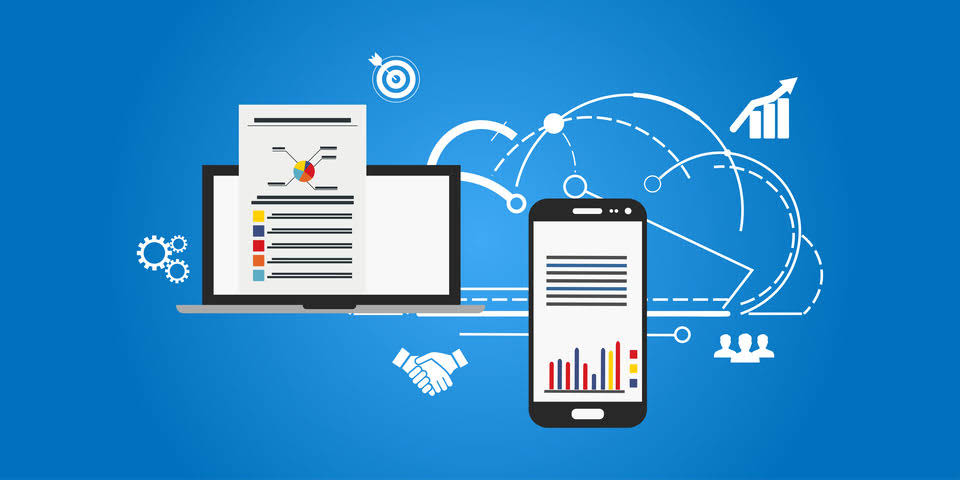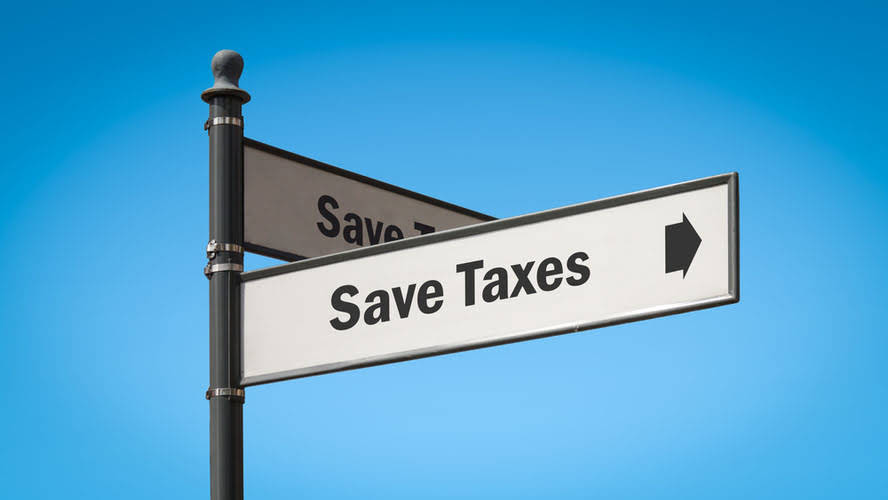
Current liabilities are due within one year and are listed in order of their due date. Long-term liabilities, on the other hand, are due what goes on a balance sheet vs income statement at any point after one year. Each category consists of several smaller accounts that break down the specifics of a company’s finances.

Listing of Assets
An income statement is commonly prepared on an annual basis to show profitability over the calendar year. It can be used internally for accounting purposes, such as analyzing how much revenue is allocated toward expenses, but is also required when applying for business loans or other financing. Cash, accounts receivable and inventory are listed under current assets on a balance sheet. Property (which includes intellectual property) is listed under non-current assets.
AccountingTools
- At a glance, you’ll know exactly how much money you’ve put in, or how much debt you’ve accumulated.
- ROE measures management’s effectiveness in employing and driving returns based on equity.
- It’s also used to determine if a company has assets that can be used as collateral.
- Preferred stock is assigned an arbitrary par value (as is common stock, in some cases) that has no bearing on the market value of the shares.
- Your cash position is only temporarily low, but you can’t always explain that in the balance sheet.
- At the end of an income statement is the net income or loss for the specified accounting period, also known as the bottom line.
With the two sides (and here’s the catch) needing to match or, you’ve probably guessed it, balance. First, financial statements can be compared to prior periods to understand changes over time better. Financial statements are also read by comparing the results to competitors or other industry participants. By comparing financial statements to other companies, analysts can get a better sense of which companies are performing the best and which are lagging behind the rest of the industry. When analyzing financial statements, it’s important to compare multiple periods to determine any trends and compare the company’s results to its peers in the same industry. Investors and financial analysts rely on financial data to analyze a company’s performance and make predictions about the future direction of its stock price.
- A balance sheet is a financial statement that highlights what the company owes and owns at a specific time.
- They show the assets, liabilities, and equity, allowing an understanding of the company’s financial health.
- 2 Available to Lili Smart and Lili Premium account holders only, applicable monthly account fee applies.
- You use your balance sheet to find out your company’s net worth, which can help you make key strategic decisions.
- Debt management involves analyzing the balance sheet to determine how efficiently a company utilizes debt and equity financing.
- Working with an adviser may come with potential downsides such as payment of fees (which will reduce returns).
The Role of Equity and Debt in Financing
It indicates that Walmart incurred much higher cost than Microsoft to generate equivalent sales. An income statement begins with a figure for revenue, sales or net sales. The balance sheet can indicate the financial stability of a company. Consequently, creditors, lenders and investors use a balance sheet when determining whether the firm is liquid enough to pay debts.

Together, These Financial Statements Show How Your Business is Doing
Also called the acid test ratio, the quick ratio describes how capable your business is of paying off all its short-term liabilities with cash and near-cash assets. In this case, you don’t include assets like real estate or other long-term investments. You also don’t include current assets that are harder to liquidate, like inventory. Because it summarizes a business’s finances, the balance sheet is also sometimes called the statement of financial position.
How Do You Read Financial Statements?

Assets are anything your business owns, including cash, accounts receivable, inventory, machinery, and property. Intangible assets, things of value that you can’t touch or feel, are included here, too. Along with the cash flow statement, they comprise the core of financial reporting. Errors https://www.bookstime.com/ or omissions in either of them create inaccurate results across all of them. It includes assets, liabilities and shareholder’s equity, further categorized to provide accurate information. Expenses refer to the cost that a company incurs to run its operating activities and generate revenue.
- You’ll know you’ve created an accurate balance sheet when the sum of equity and liabilities is the same as, or balances with, your assets.
- One of the main purposes of an income statement is to assess a business’s profitability.
- This means that the balance sheet should always balance, hence the name.
- After discounting for any nonrecurring events, it’s possible to arrive at the value of net income applicable to common shares.
- In financial accounting, the balance sheet and income statement are the two most important types of financial statements (others being cash flow statement, and the statement of retained earnings).
Aside from that, it’s helpful to be able to see how your assets and liabilities have increased or decreased over time. The first step in getting your small business’s financial house in order is knowing what balance sheet and income statement are and what they’re not. Though the two appear similar, they each serve a very different purpose. Proper records are also a must if you plan to seek a business loan or another form of small business financing. Before your loan can be approved, the lender will need documentation showing how financially sound the business is.




